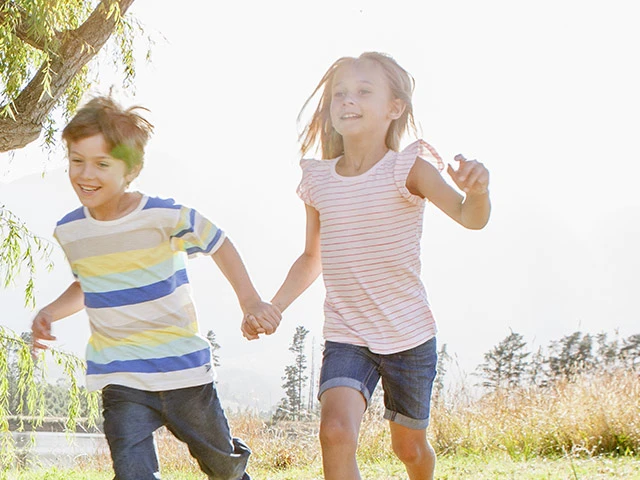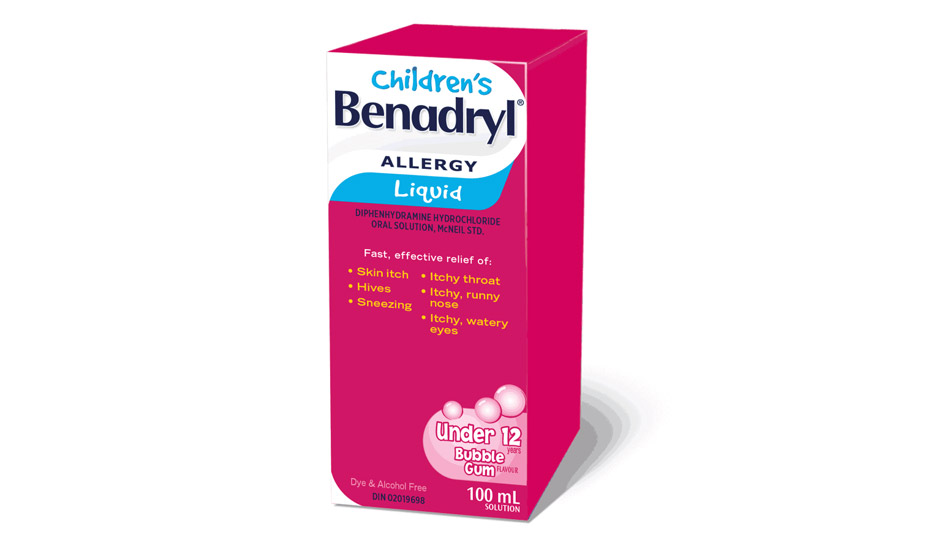Children's Allergy Action Guide
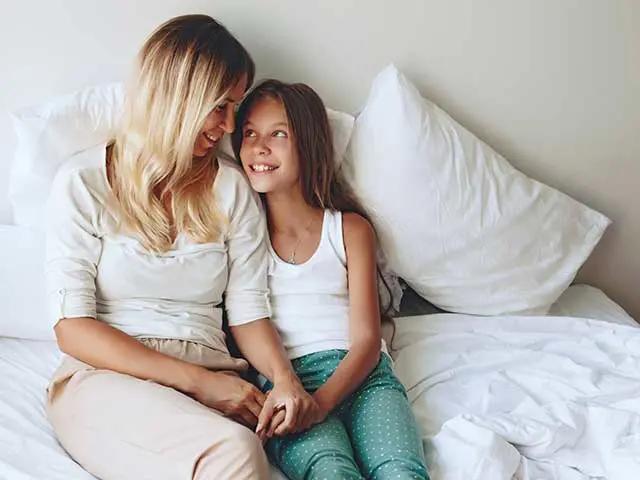
Step 1:
Determine whether or not your child has an allergy, and find the trigger. If you are unsure of whether it is allergies or a cold, check for a fever, which is not a common allergy symptom.
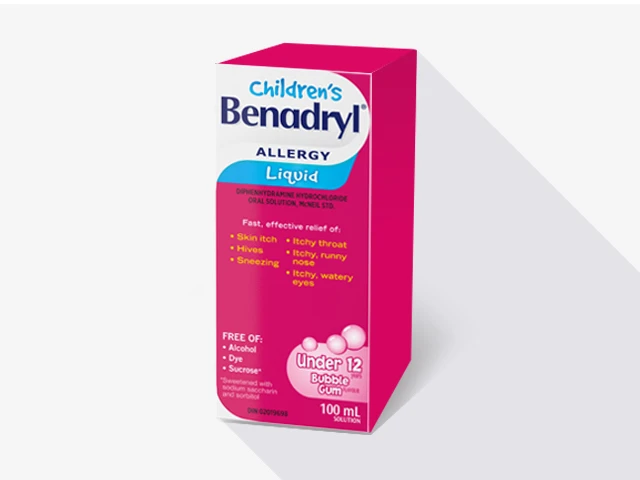
Step 2:
Provide your child relief with the right BENADRYL® product, and carefully follow the dosing instructions. If symptoms persist, talk to your pediatrician.

Step 3:
Make sure that your child's caregivers — teachers, babysitters, coaches, parents of their friends — are aware of your child's allergies and their triggers to ensure that your child can receive any necessary treatment while at school and at play.
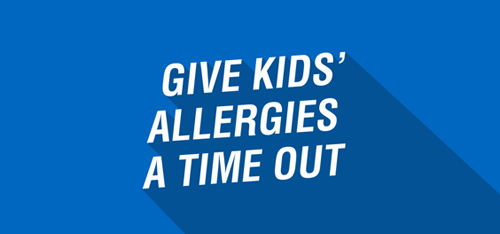
Children's Allergy Tips
Here are some simple steps you can take to reduce your child's exposure to allergens, both around the house and while outdoors.
Cut the Clutter
Knickknacks collect dust and are hard to clean. Store children's toys, games, and stuffed animals in plastic bins to minimize the accumulation of dust and clutter.
Dry Laundry Indoors
Hanging laundry outside can attract pollen, causing your child's allergies to act up. To avoid allergens, use a dryer instead.
